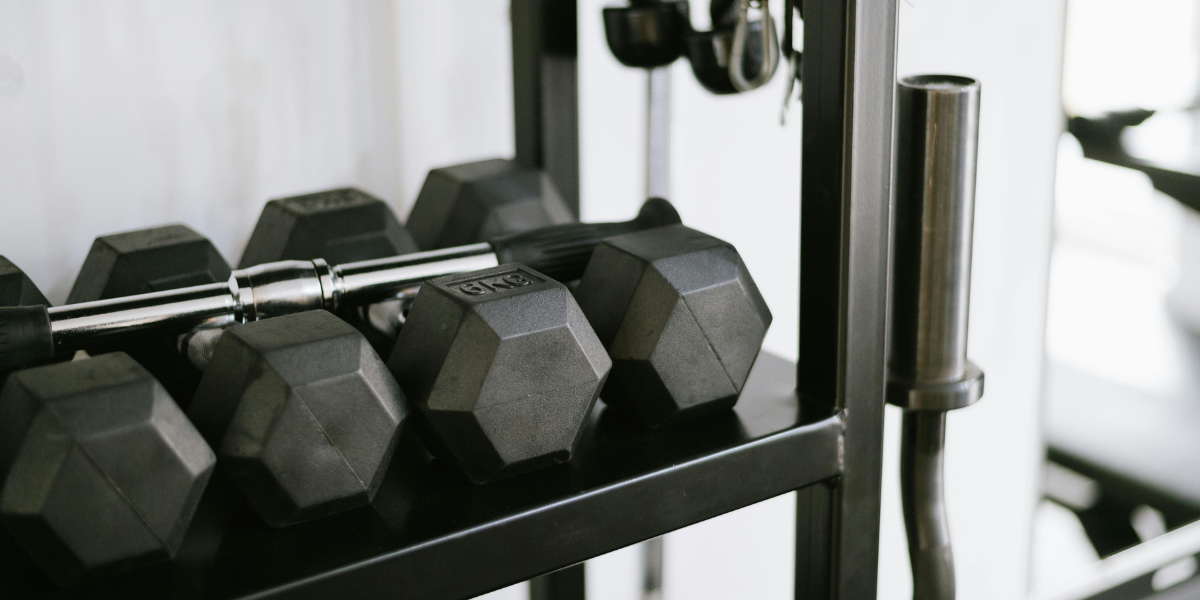
How to Build Muscle at Home Without Expensive Gym Equipment
Building muscle at home without expensive gym equipment is not only possible but also highly effective with the right approach. Whether you're a beginner or an experienced fitness enthusiast, you can achieve significant muscle growth using bodyweight exercises, minimal equipment, and a strategic plan. This comprehensive guide covers everything you need to know about building muscle from the comfort of your home, including workouts, nutrition, recovery, and tips for success.
Why Build Muscle at Home?
Home workouts offer flexibility, cost savings, and convenience. You don’t need a gym membership or pricey equipment to get stronger and more muscular. With bodyweight exercises, household items, and a bit of creativity, you can target every major muscle group effectively. Plus, home workouts allow you to train on your schedule, making it easier to stay consistent, a key factor in muscle growth.
The Science of Muscle Building
Muscle growth, or hypertrophy, occurs when muscle fibers are subjected to stress (through resistance training) and then repair and grow stronger during recovery. Three key factors drive hypertrophy:
-
Mechanical Tension: The force applied to muscles during exercise.
-
Muscle Damage: Microtears in muscle fibers from intense workouts, which repair and grow stronger.
-
Metabolic Stress: The "burn" from high-rep exercises or short rest periods.
To build muscle at home, your workouts should incorporate these principles using progressive overload, gradually increasing the intensity, volume, or difficulty of exercises over time.
Effective Home Muscle-Building Workouts
Here’s a sample workout plan that targets all major muscle groups using bodyweight exercises and minimal equipment (like a pair of water jugs or a backpack filled with books). Perform this routine 3–4 times per week, with at least one rest day between sessions.
Warm-Up (5–10 Minutes)
-
Jumping Jacks: 2 minutes to increase heart rate.
-
Dynamic Stretching: Arm circles, leg swings, and torso twists to loosen up joints.
-
Bodyweight Squats: 10–15 reps to activate lower body muscles.
Workout Routine
Push-Ups (Chest, Shoulders, Triceps)
-
Standard Push-Ups: 3 sets of 10–15 reps. Keep your body in a straight line and lower until your chest is close to the floor.
-
Progression: Elevate your feet on a chair or add a backpack with books for extra resistance.
-
Modification: Perform on knees if standard push-ups are too hard.
Squats (Quads, Glutes, Hamstrings)
-
Bodyweight Squats: 3 sets of 15–20 reps. Keep feet shoulder-width apart, squat until thighs are parallel to the ground.
-
Progression: Hold a heavy household item (e.g., a water jug) or do jump squats.
-
Modification: Use a chair for support if needed.
Inverted Rows (Back, Biceps)
-
Setup: Use a sturdy table or low bar. Lie underneath, grab the edge, and pull your chest toward it.
-
Reps: 3 sets of 8–12 reps.
-
Progression: Elevate feet or add weight (e.g., a backpack).
Plank Variations (Core)
-
Standard Plank: Hold for 30–60 seconds, 3 sets. Keep your body straight and core engaged.
-
Progression: Try side planks or add leg lifts for extra difficulty.
Single-Leg Glute Bridges (Glutes, Hamstrings)
-
Setup: Lie on your back, one foot flat on the ground, other leg extended. Lift hips until your body forms a straight line.
-
Reps: 3 sets of 12–15 per leg.
-
Progression: Add a weight (e.g., a book) on your hips.
Dips (Triceps, Chest)
-
Setup: Use two sturdy chairs or a countertop. Lower your body until arms are at 90 degrees.
-
Reps: 3 sets of 8–12 reps.
-
Progression: Extend legs fully or add weight on your lap.
Cool-Down (5–10 Minutes)
-
Static Stretching: Focus on hamstrings, quads, chest, and shoulders.
-
Deep Breathing: Helps lower heart rate and relax muscles.
Nutrition for Muscle Growth
Exercise alone isn’t enough, nutrition is critical for muscle building. Here’s how to fuel your body:
Protein Intake
-
Why It Matters: Protein repairs and builds muscle tissue.
-
How Much: Aim for 0.7–1 gram of protein per pound of body weight daily (e.g., 120–170 grams for a 170-pound person).
-
Sources: Eggs, chicken, fish, beans, lentils, Greek yogurt, tofu, or protein powder.
Carbohydrates and Fats
-
Carbs: Fuel your workouts. Include complex carbs like oats, rice, sweet potatoes, and whole grains.
-
Fats: Support hormone production (e.g., testosterone). Include healthy fats from avocados, nuts, seeds, and olive oil.
-
Calorie Surplus: To gain muscle, consume slightly more calories than you burn (200–300 extra calories daily).
Meal Timing
-
Pre-Workout: Eat a carb- and protein-rich meal 1–2 hours before training (e.g., oatmeal with fruit and a protein shake).
-
Post-Workout: Consume protein and carbs within 30–60 minutes after training to aid recovery (e.g., chicken and rice or a protein shake with a banana).
Hydration
-
Drink at least 8–10 cups of water daily to support muscle function and recovery.
Recovery and Rest
Muscles grow during recovery, not during workouts. Prioritize:
-
Sleep: Aim for 7–9 hours per night to optimize muscle repair and hormone production.
-
Rest Days: Take 1–2 rest days per week to allow muscles to recover.
-
Active Recovery: Light activities like walking or yoga on rest days to promote blood flow.
Tips for Success
-
Track Progress: Record reps, sets, and weights (if used) to ensure progressive overload.
-
Stay Consistent: Stick to your workout and nutrition plan for at least 8–12 weeks to see results.
-
Use Household Items: Get creative with items like water jugs, backpacks, or books as weights.
-
Vary Workouts: Change exercises or increase reps/sets every 4–6 weeks to avoid plateaus.
-
Stay Motivated: Set realistic goals (e.g., “Do 20 push-ups in one set”) and celebrate small wins.
Common Mistakes to Avoid
-
Overtraining: Doing too much can lead to fatigue or injury. Stick to 3–4 workouts per week.
-
Poor Form: Incorrect technique reduces effectiveness and risks injury. Focus on controlled movements.
-
Neglecting Nutrition: Without proper fuel, muscles won’t grow. Prioritize protein and calories.
-
Skipping Warm-Ups: This increases injury risk and reduces performance.
Building muscle at home without expensive equipment is achievable with dedication, proper technique, and a balanced approach to exercise, nutrition, and recovery. By following the workout plan, eating a muscle-building diet, and prioritizing rest, you can see significant strength and size gains over time. Start today, stay consistent, and watch your body transform!





